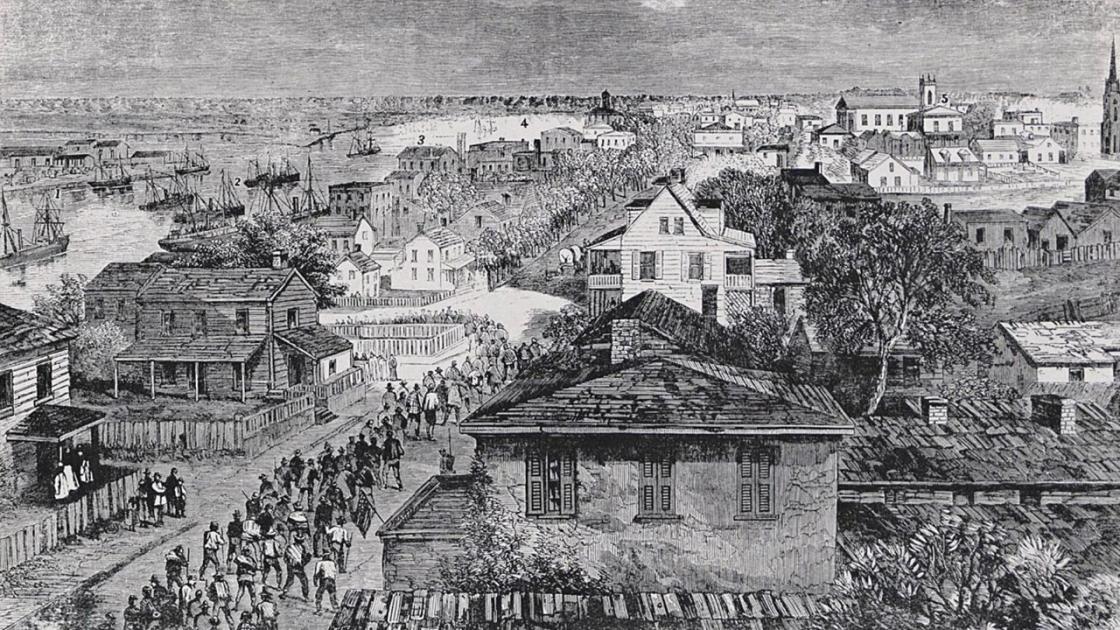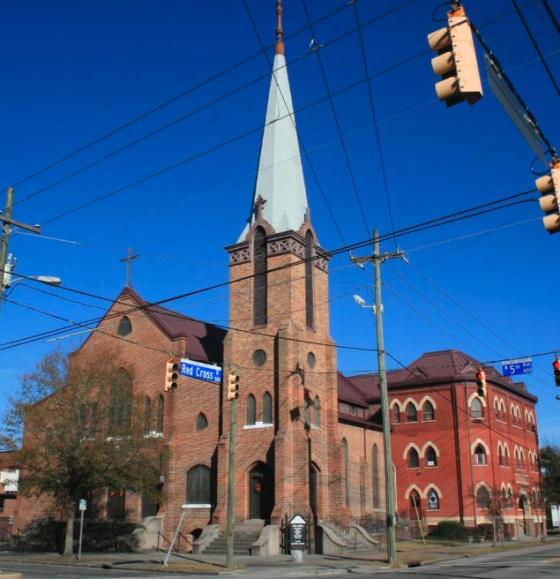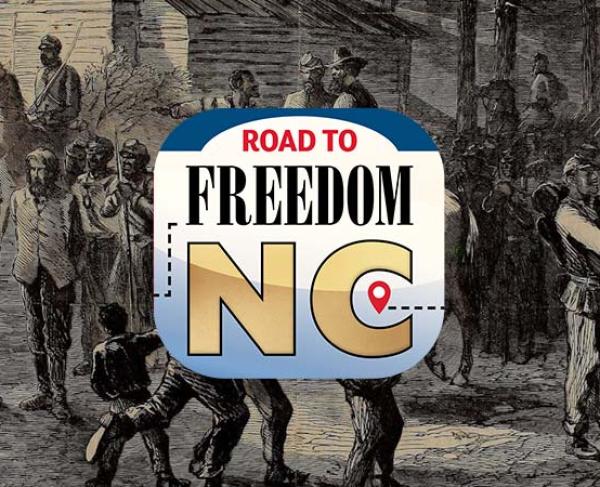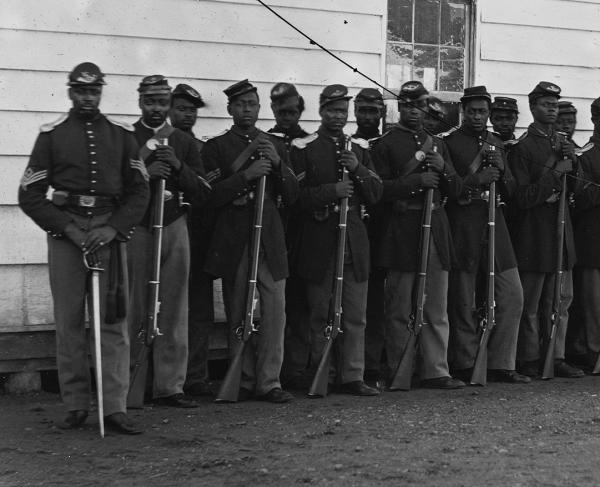St. Stephen AME Church
North Carolina
501 Red Cross St
Wilmington, NC 28401
United States
This heritage site is a part of the American Battlefield Trust's Road to Freedom: North Tour Guide app, which showcases sites integral to the Black experience during the Civil War era. Download the FREE app now.

St. Stephen African Methodist Episcopal (AME) Church has deep roots in Wilmington’s enslaved and free African American community.
In 1797, a Methodist missionary founded a church for Wilmington’s enslaved population. In 1803, Bishop Francis Asbury visited the church, noting, “We have eight hundred and seventy-eight Africans and a few whites in fellowship.” While the church was connected to anti-slavery teachings and supported the Underground Railroad, its later incarnation as the Front Street Methodist Episcopal Church South still discriminated against its Black members.
On the Sunday following the Union occupation of Wilmington on February 22, 1865, Front Street’s Black members gathered for their weekly segregated sunrise service. They celebrated their release from bondage as one of their own, Charles R., urged them to reflect on God’s triumph and justice as prophesied in Psalm 9. Chaplain William H. Hunter, having served with the 4th U.S. Colored Troops since October 1863 — most recently in the battles to liberate Wilmington — joined the service and proclaimed: “A few short years ago, I left North Carolina a slave; I now return a man … one week ago you were all slaves; now you are all free.”

Hunter, a member of the AME denomination, which was founded in 1816 by Black leader Richard Allen to free Black Methodists from white authority and discrimination, was present. In May 1865, after Front Street's white leaders refused to allow him to preach, Hunter, backed by the U.S. Army, coordinated the withdrawal of 642 Black members and founded the St. Stephen AME Church.
After being blocked from owning the Front Street church building, the St. Stephen congregation built a wooden sanctuary on land previously deeded to the city for use by the “Negro” population. As the congregation grew beyond 1,000 members, Pastor J.G. Frye, Black builder Lewis Hollingsworth, and Black artisans and craftsmen constructed a brick gothic revival edifice on that same location between 1880 and 1887. From this historic space, the St. Stephen’s congregation continues to exercise their freedom to worship God and serve Wilmington.
Know Before You Go
Contact St. Stephen AME Church to schedule an appointment to see the interior of this historic structure.

